Explore the grandiosity and elegance of neoclassical architecture through 10 stunning estates that have come to define this timeless style.
Known for their symmetry, grand columns, and an air of understated elegance, these estates each tell their own unique story.
Join us on a journey through history as we uncover the architectural brilliance and cultural significance of these magnificent properties.
1. The White House
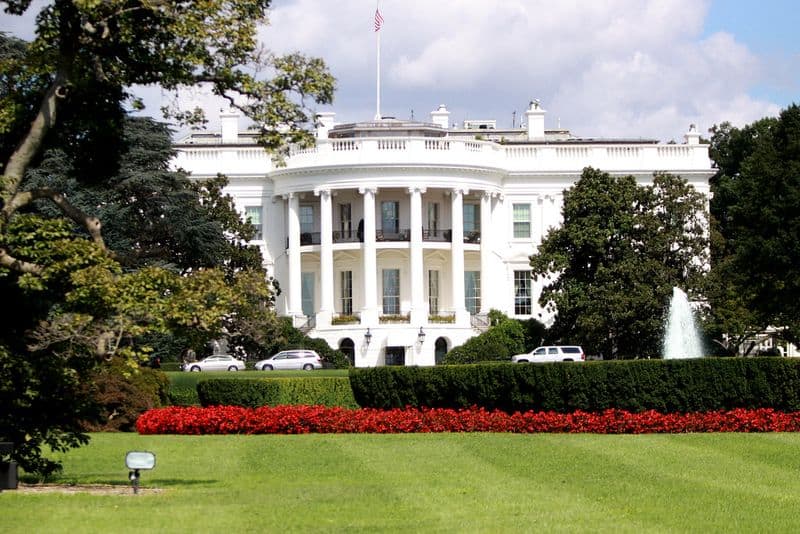
The White House stands as a beacon of neoclassical elegance in the heart of Washington, D.C. With its iconic white columns and symmetrical facade, it exudes a timeless charm.
Imagine strolling through the lush gardens that frame this national monument, each corner whispering tales of power and history.
The design, inspired by classical architecture, speaks to the nation’s ideals and aspirations.
Inside, the rooms are filled with a blend of classic and modern touches, creating a space that’s both functional and ceremonial. This isn’t just a building; it’s a symbol of a nation.
2. Monticello
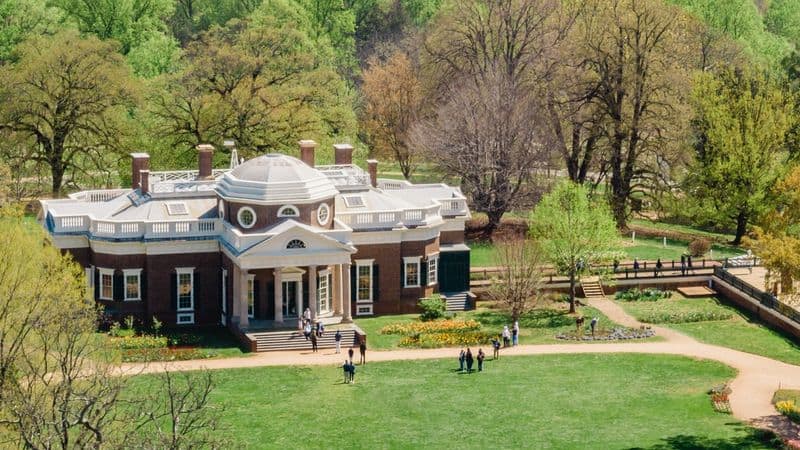
Monticello, the esteemed home of Thomas Jefferson, captures the essence of neoclassical design with a personal twist.
Its iconic dome and sprawling gardens reflect Jefferson’s passion for architecture and horticulture.
Picture wandering through the harmonious landscape where every element complements the other. Jefferson’s vision was not just about grandeur, but about a seamless blend of form and function.
Each room tells a story, from intimate studies to grand reception halls. Monticello stands as a testament to a man who saw architecture as an expression of democratic ideals.
3. The Pantheon
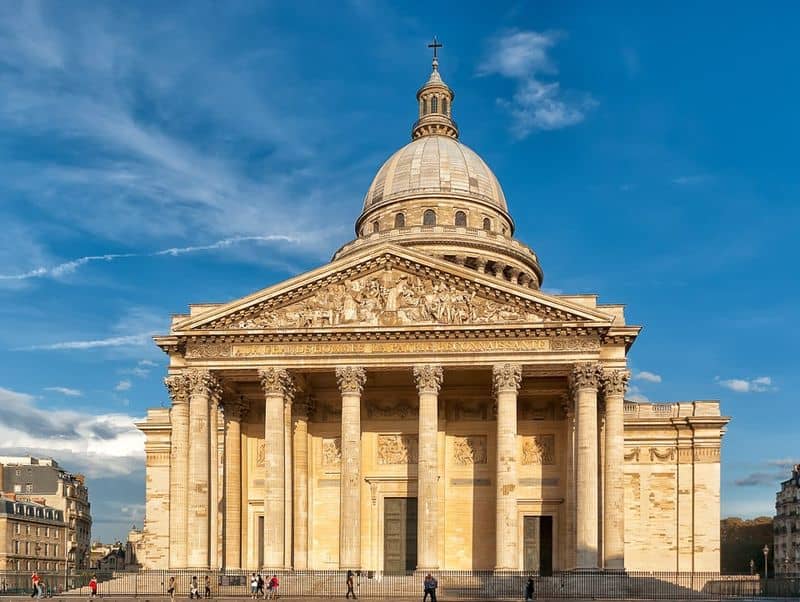
The Pantheon in Paris is a masterpiece of neoclassical architecture, drawing inspiration from its Roman namesake. Its grand dome and imposing columns make it a focal point in the Parisian skyline.
Picture the bustling streets of Paris, giving way to this serene architectural wonder. Inside, the Pantheon houses the remains of France’s most revered figures, adding a layer of solemnity to its beauty.
It is not just a monument but a celebration of French history and achievement. The Pantheon stands as a testament to the enduring appeal of neoclassical design.
4. Chiswick House
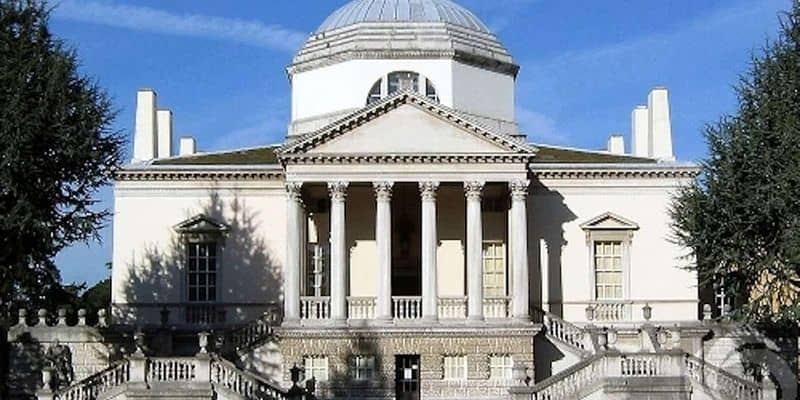
Chiswick House in London exemplifies the elegance of neoclassical architecture with its Palladian influences. The villa’s symmetrical design and classical proportions create a sense of serene beauty.
Imagine walking through the manicured gardens, each vista offering a new perspective on this architectural gem.
The interior reflects the same classical elegance, with rooms designed for both comfort and grandeur.
Chiswick House is not just an estate; it’s a piece of art that captures the essence of 18th-century taste and style. It remains a beloved icon of neoclassical architecture today.
5. The United States Capitol

The United States Capitol stands proudly atop Capitol Hill, an emblem of American democracy in neoclassical form. Its grand dome and sprawling grounds are a testament to the nation’s ideals.
As you gaze upon the classical columns and intricate detailing, you feel the weight of history and governance. Inside, the Capitol is a bustling hub, where laws are debated and shaped.
Each chamber reflects a commitment to the neoclassical style, marrying elegance with function.
6. Pashkov House
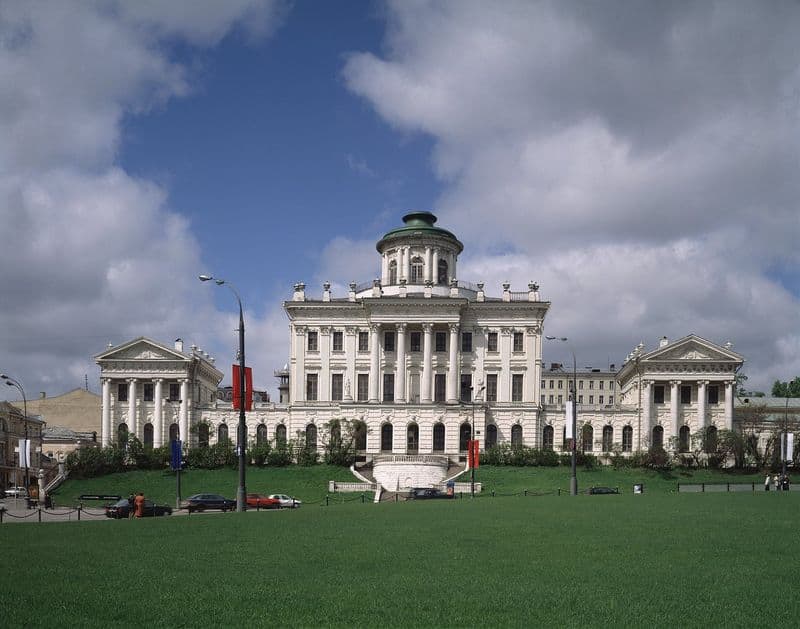
Perched on a hill overlooking the Kremlin, Pashkov House in Moscow is a stunning example of neoclassical architecture.
Its intricate facade and commanding presence provide a striking contrast to the bustling Russian capital.
Imagine the view from its terraces, offering glimpses of Moscow’s rich tapestry. Inside, the decor echoes the grandeur of the exterior, with opulent rooms that once hosted the elite of Russian society.
Pashkov House embodies the elegance and sophistication of neoclassical design, standing as a monument to Russia’s cultural and architectural heritage.
7. The Royal Pavilion
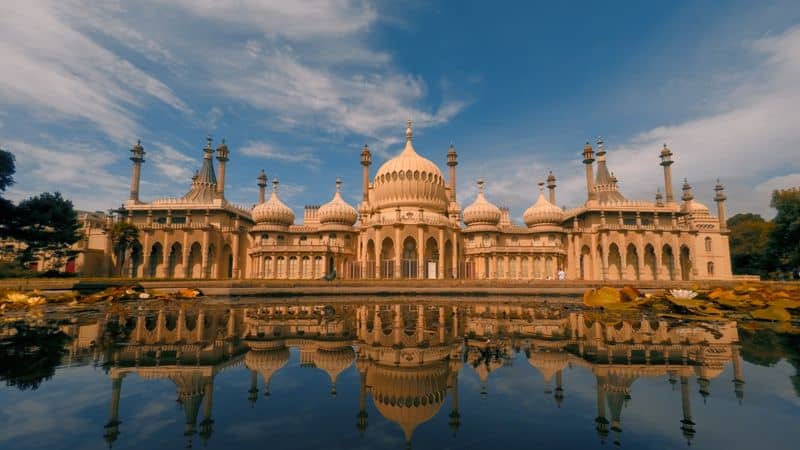
The Royal Pavilion in Brighton defies conventional neoclassical norms with its exotic flair. This whimsical palace, with its intricate details and onion domes, offers a unique take on neoclassical design.
Picture its vibrant colors and playful architecture, a bold statement by the sea.
Inside, the Pavilion continues to surprise with lavish decor and opulent rooms, each more enchanting than the last. It was once a royal retreat, a place for leisure and indulgence.
The Royal Pavilion is a testament to creativity, blending traditional styles with adventurous designs.
8. The Brandenburg Gate

The Brandenburg Gate in Berlin is not just an architectural marvel but a symbol of peace and unity. Its towering columns and the Quadriga statue atop exude a sense of power and history.
As you stand beneath this monumental gate, you feel the echoes of historic events that unfolded here.
Constructed in the late 18th century, the gate has witnessed the city’s tumultuous past and stands as a testament to resilience.
Its neoclassical design is both simple and profound, capturing the spirit of an era that valued harmony and proportion.
9. The Altes Museum
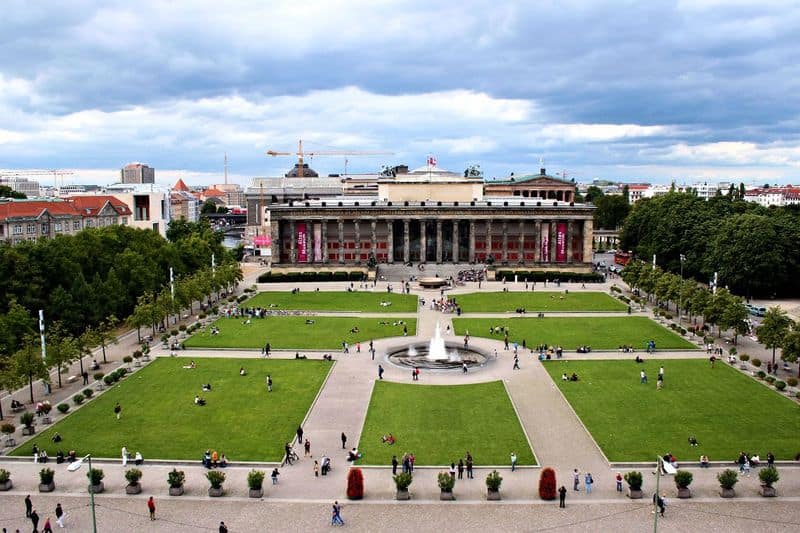
The Altes Museum in Berlin is a grand neoclassical structure that invites exploration and reflection.
With its harmonious facade and imposing columns, it stands proudly on Museum Island. Imagine stepping through the inviting entrance into a world where art meets history.
Inside, the museum houses a vast collection of antiquities, each piece telling a story of the past. The building itself is a work of art, designed to elevate the experience of viewing its treasures.
The Altes Museum is a celebration of culture, embodying the ideals of beauty and order.
10. The Somerset House
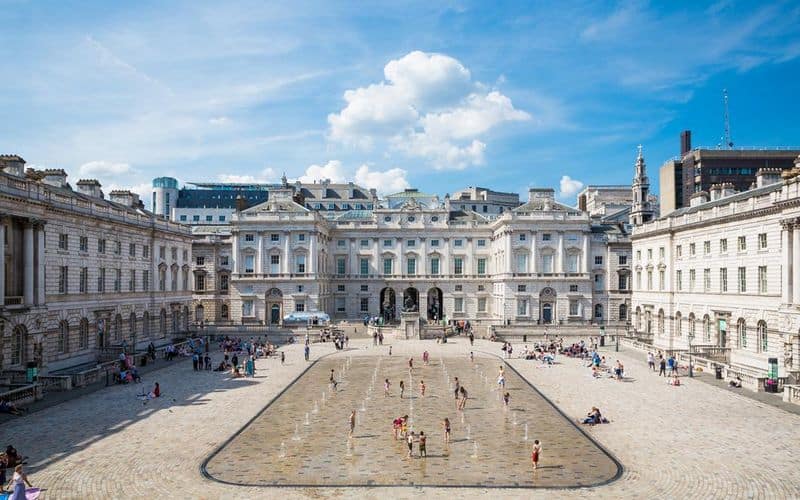
Somerset House in London is a stunning example of neoclassical architecture, overlooking the River Thames. Its imposing facade and elegant proportions make it a focal point in the cityscape.
Picture the grandeur of its courtyard, bustling with activity against the serene backdrop of the river.
Inside, Somerset House is a cultural hub, hosting exhibitions and events that draw visitors from around the world.
Its classical design speaks to a time of elegance and creativity, offering a space where art and history converge. Somerset House is a timeless treasure in the heart of London.

